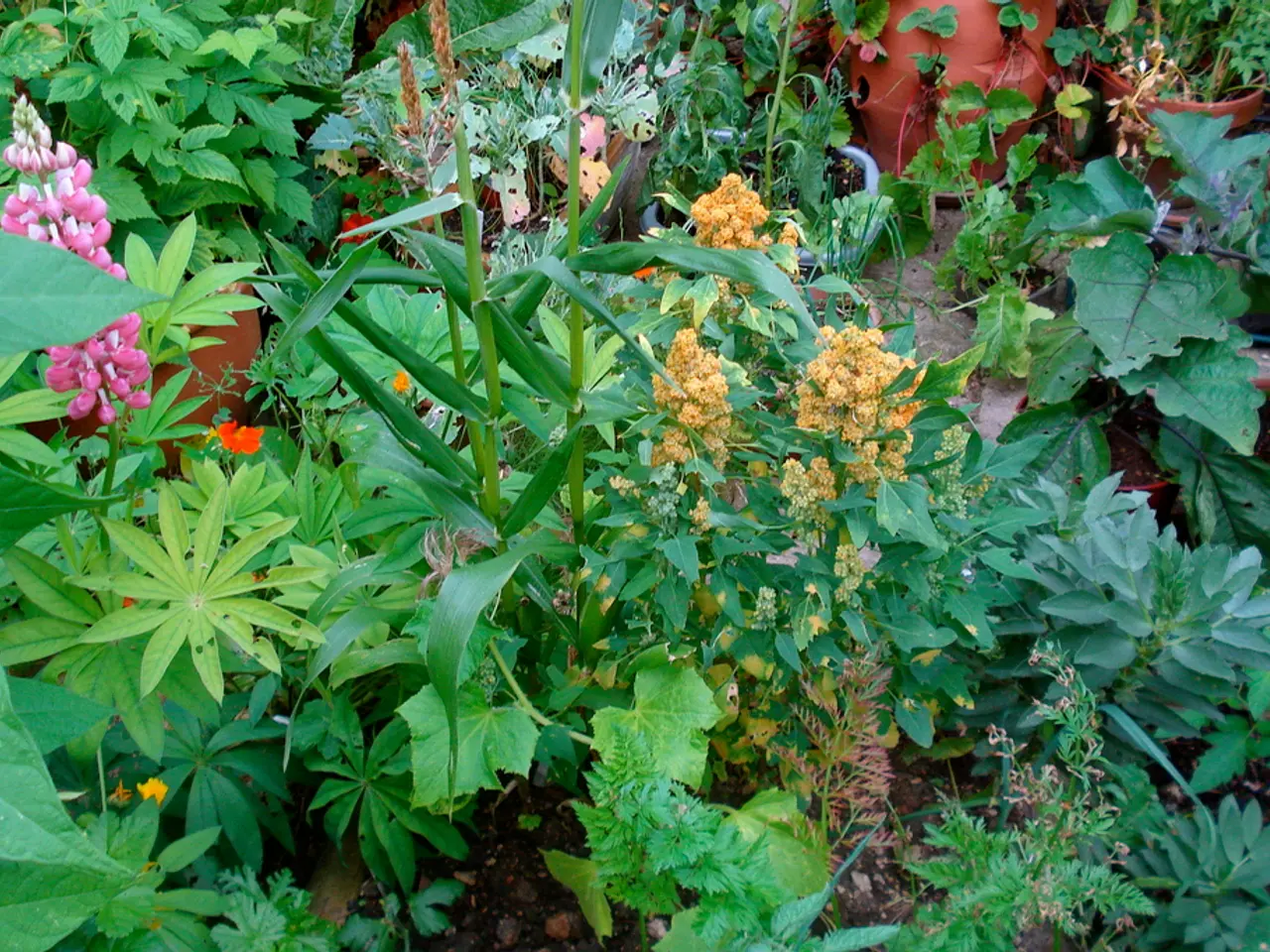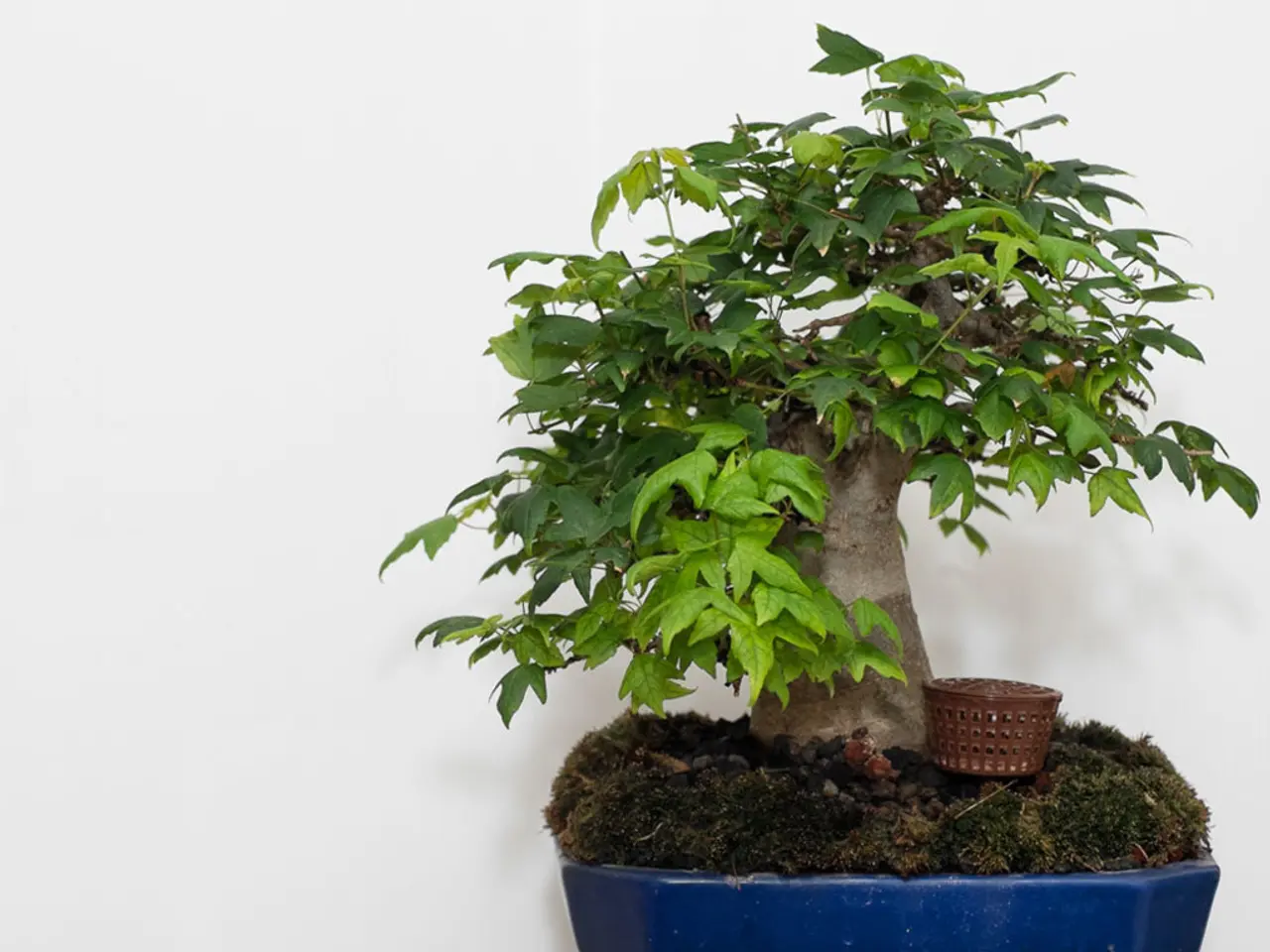Cultivation Handbook for Nurturing a Greenhouse Vegetation
Optimizing Your Greenhouse Garden in Cold Climates
A greenhouse garden in a cold climate can be a rewarding endeavour, providing a bounty of fresh produce and vibrant plants even during the winter months. To ensure success, it's essential to consider the entire growing environment, from site selection and soil to temperature, water, and plant choice.
Choosing and Locating the Greenhouse
The greenhouse should be placed where it receives maximum sunlight, ideally a south-facing spot, avoiding shade from buildings or trees. This is crucial in cold climates for natural heat gain. The location should also be sheltered from strong, cold winds to reduce heat loss and structural stress. Good drainage and accessibility for water and electricity connections are also important considerations.
Soil Management
Using well-draining soil rich in organic matter is key to retaining moisture and nutrients while preventing waterlogging. Prior to planting, amend the soil with compost or well-rotted manure to enhance fertility and soil structure. Maintaining a suitable soil temperature for root growth may require insulation or heating mats during cold months.
Temperature Control
Sealing all air leaks is vital to maintain a stable microclimate inside the greenhouse, preventing heat loss. Electric or gas heaters, ideally programmable with timers, can sustain desired temperatures through cold periods, especially for seed propagation and year-round production. Ventilation through windows or vents is necessary to avoid overheating during sunny days. Evaporative cooling or placing water dishes can passively moderate temperatures in hot spots. Fans can circulate air gently, preventing hot/cold zones without creating strong drafts that dry out or stress plants.
Water Supply and Management
Water should be near room temperature (around 60–70°F or 15–21°C) to avoid thermal shock to plants. Watering from the bottom can protect foliage from cold water damage and ensure roots get sufficient moisture. In cold climates, consistent watering is important but avoid oversaturation, especially if temperatures drop near freezing.
Plant Selection
Choose varieties adapted to cooler conditions and short growing seasons, such as cold-tolerant leafy greens (lettuce, spinach), herbs, and root vegetables. Consider plants recommended for greenhouse winter production like tomatoes, herbs, and some ornamentals if heating is sufficient. Start seeds indoors with heating mats or propagators to get a head start before transplanting into the greenhouse.
By combining thoughtful site selection, careful soil preparation, precise temperature control techniques, appropriate watering, and selecting plants suited to cold climates, you can optimize your greenhouse garden for success in cold conditions.
- To complement your greenhouse garden in cold climates, consider integrating a geodome or no-till system in your home-and-garden lifestyle for added insulation and an innovative gardening approach.
- Incorporate hydroponics into your greenhouse setup for a more controlled growing environment, allowing you to produce fresh produce year-round.
- Raising chickens in a greenhouse environment can provide a sustainable source of fertilizer for your soil, improving its fertility and structure.
- To create a complete home-and-garden lifestyle, establish a garden outside your greenhouse for growing plants that thrive in warmer temperatures during summer months.
- As you manage your greenhouse garden, don't forget to actively compost kitchen scraps and plant waste, turning organic matter into nutrient-rich compost for your growing plants.
- To maximize your greenhouse garden's production, consider researching and experimenting with various planting methods, such as hydroponics or no-till techniques, to find which works best for your unique situation.
- Along with your greenhouse garden, implement a family-oriented lifestyle by inviting loved ones to partake in gardening activities, fostering a shared appreciation for nature and cultivating a sense of unity within your family.
- Continuously monitor and adjust your greenhouse garden's conditions to ensure the well-being of your plants, making small changes such as adjusting soil pH, watering schedules, or temperature controls as needed to maintain a thriving ecosystem.




